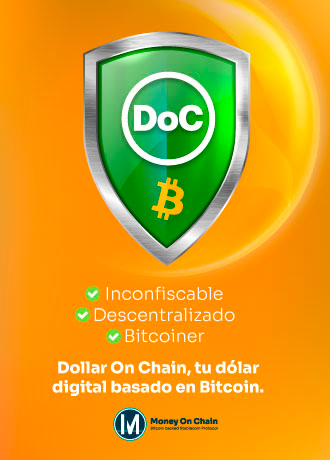Ya está disponible el segundo episodio de nuestro podcast, en esta ocasión conversamos con el Licenciado Marcos Rosales quien es parte del equipo de Dash Youth Venezuela.
El tema del episodio se encuentra dedicado a la tecnología blockchain y su posible impacto en los jóvenes a nivel global, al ser una tecnología disruptiva que alienta a la descentralización. Además conversamos sobre la labor que desde la organización Dash Youth en Venezuela se vienen realizando para dar a conocer a la población más joven del país, una visión de la economía digital y sus posibles aplicaciones practicos en el día a día.
A continuación nuestro segundo episodio:







Discussion about this post